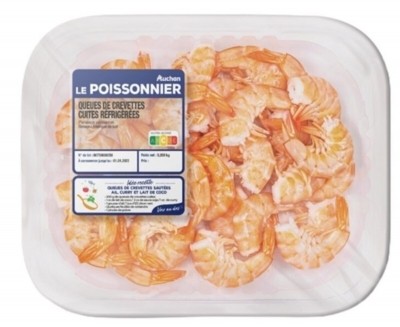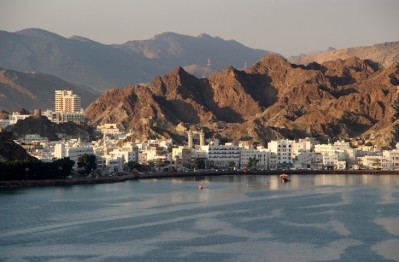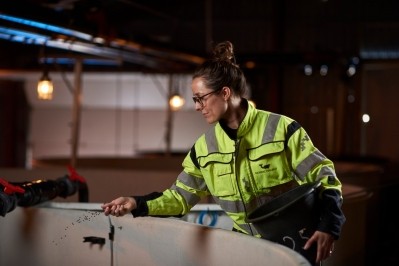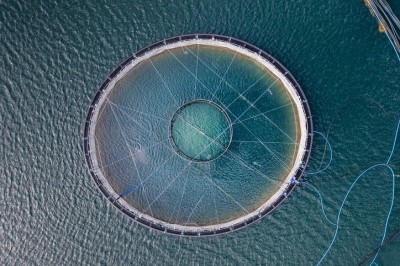New Ecuador R&D hub: Skretting looks to deepen understanding of shrimp nutrition
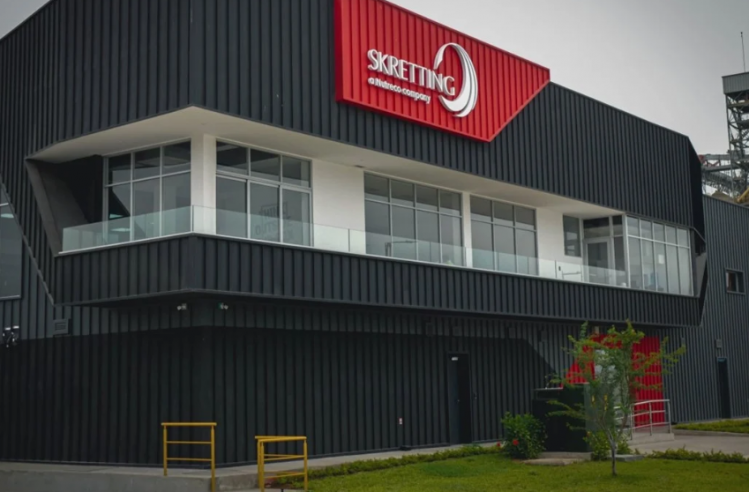
The fish feed manufacturer said the new €6.1m R&D station, Skretting AI Guayas, is also aimed at fast-tracking the shrimp farming industry’s introduction of more sustainable and innovative feeds, allowing the company to expand its knowledge of nutrition and health for that species, eventually applying that intelligence on-the-ground in Ecuador.
Ecuadorian shrimp sector on the rise
The Latin American country is fast becoming one of the major shrimp-producing countries globally, said Skretting’s innovation director, Alex Obach.
Delegates at the Global Shrimp Forum 2022, held in Utrecht last month, heard from Kontali that, in 2021, India was still number one, with just over 1m metric tons of live shrimp equivalent export volume while Ecuador was next in line, with a little under 1m metric tons exported.
However, industry insiders expect Ecuador to be the leading shrimp exporter in 2022, added Obach.
Shrimp farming in Latin America is very different to production in Asia, which is very intensive, and tends to be family-run with small ponds, and higher densities, he noted.
There is greater consolidation in Ecuadorian shrimp production, and the ponds are much larger.
Ecuador has also seen a lot of technification, explained the Skretting representative. The whole approach to shrimp farming is very sophisticated, he said.
“Extruded feed, automated feeding systems, and hydrophones at the bottom of the ponds to listen to the feeding activity of the shrimp, as well as sensors to measure temperature and oxygen [have made a huge difference in the Ecuadorian shrimp industry].”
The result is a massive increase in shrimp output per farm, he said.
Asian shrimp production tends to rely on pelleted feed, but extruded feed is dominant in the Ecuadorian shrimp market, another contributor to the growth of its industry, said Obach. “Most of our volume there is extruded. The physical quality of extruded pellets is better. They are more durable; they are more water stable. When you use automated feeding systems, you need to make sure that the pellet resists.”
Extrusion also enables more flexibility in terms of ingredient selection and, given current challenges such as raw material price volatility and availability concerns, that is critical, said Obach. “Pelleted feed is a more rigid system in that respect.”
Local research hub
The company’s new research center in Guayaquil incorporates the latest in technology, he said. “It is one of the most advanced research institutes globally. We have labs and almost 300 experimental units; they are fully controlled environments.”
Additionally, the center houses a battery of tanks that will allow multiple studies to be conducted in conditions that mimic commercial production.
The team there will study all stages of shrimp production – from larvae through to harvest size animals. Simulations and evaluations will include health and welfare parameters, as well as growth and feed efficiency trials.
“[At Skretting] we have taken research to a different level, from just doing the typical traditional growth and digestibility studies, to really being able now to study genes in salmon, for example, where you can measure the expression and understand when you make changes in the feed what the impact will be on the immune system, on the lipid metabolic path. We will start transferring some of the technologies we have in Norway to the hub in Ecuador.
“When it comes to shrimp, we are not as advanced in terms of nutritional knowledge as we are in salmon. So, there is a little bit of work required to catch up. This is what we have been doing over the past number of years and we need to continue.
“Looking at ingredients, we are still not independent of fishmeal in shrimp. We are not too far off, we have been running a few trials where fishmeal is not included in the formulation and the results, to date, are good. It is not about eliminating fishmeal from shrimp diets; it is about increasing flexibility in terms of raw material choice. We are also testing a lot of novel ingredients.”
Evaluation of functional diets to tackle disease challenges will also be a priority for the new research station. “White spot disease is still around as is Early Mortality Syndrome (EMS). We need to continue developing functional feeds.”
In addition, exploring the value that increasing technification would bring to the Ecuadorian shrimp sector will also be on center’s radar. “We are looking at technologies that will help us see how shrimp are feeding, to measure biomass, and to control water quality.”
